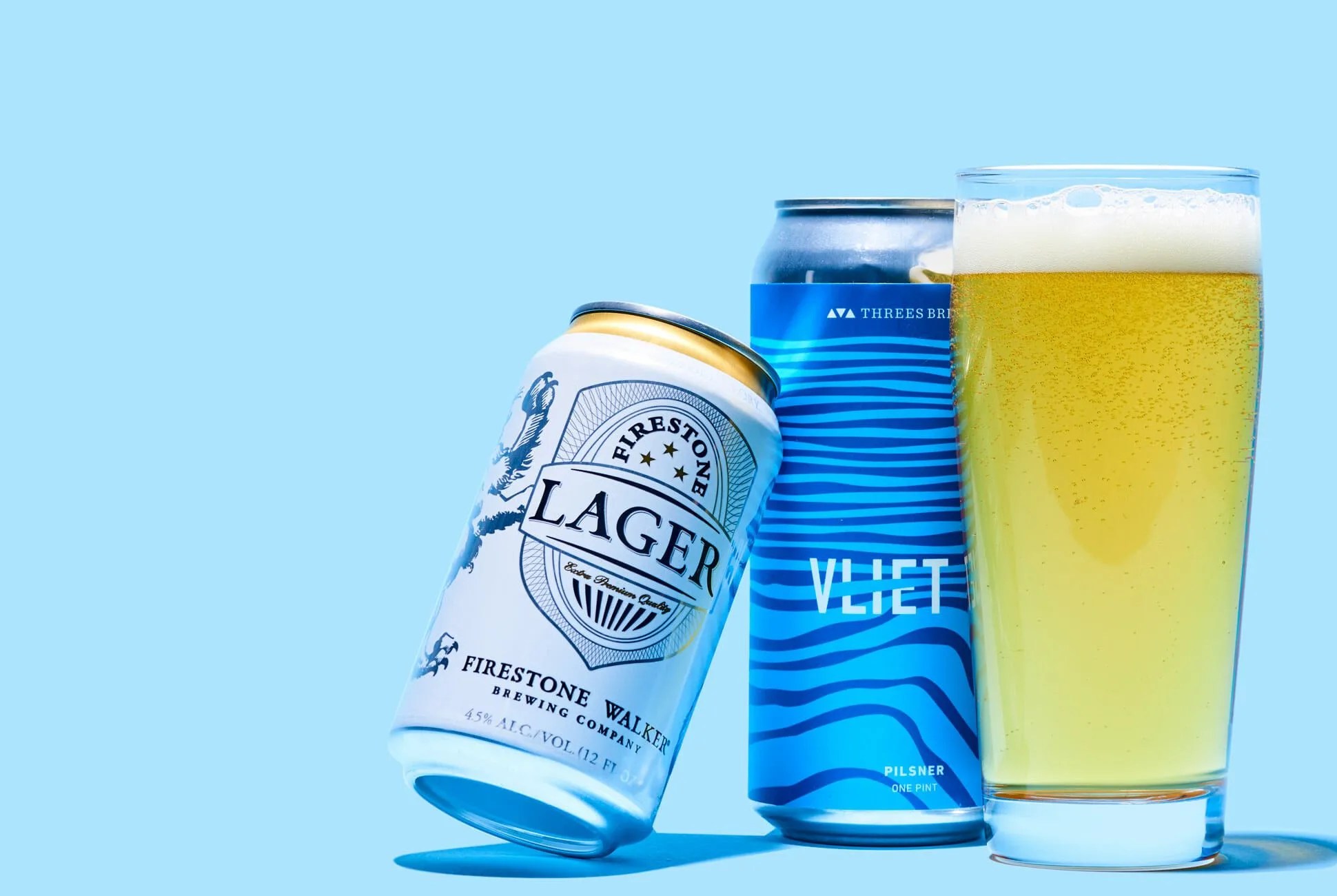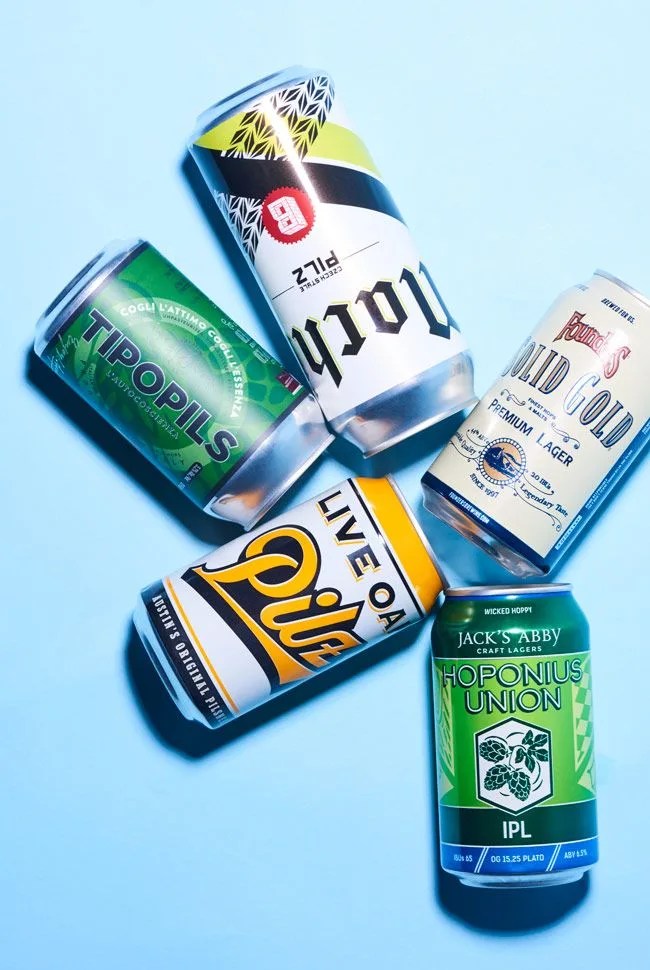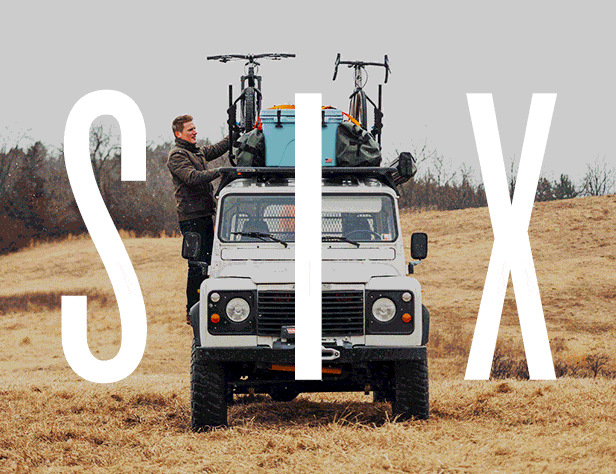From Issue Six of Gear Patrol Magazine.
Discounted domestic shipping + 15% off in the GP store for new subscribers.
In 2007, the craft beer world rejected one of Matt Brynildson’s favorite beers of all time.
“To craft consumers back then, the word ‘lager’ just meant dad’s industrial lager beer,” says Brynildson, the brewmaster of California’s renowned Firestone Walker Brewing Company. “There wasn’t a lot of interest from craft drinkers.”
This meant that his beloved sipper, a helles-style lager that the brewery dubbed, simply, “Lager” didn’t sell. In fact, besides Sam Adams’s well-marketed, amber-colored, dry-hopped version, few craft brewers successfully sold any subsets of the traditional German style at the time. As the rest of the craft world developed its taste for IPAs, Firestone Walker’s brewers stocked their own fridges with their Lager and prayed the craft world would come around. It didn’t, and the brewery eventually moved forward with hoppier releases. Lager languished, and to Brynildson’s dismay, it got pulled from shelves.
Now, more than 10 years later, Firestone has launched a new version of Lager, along with a marketing broadside. And they’re not alone. Lagers, it seems, are finally coming into their own in the craft world.
“I feel like the timing’s pretty perfect,” Brynildson said. “I think it’s about the evolution of craft in general.”
Lagers have been so unexplored in the modern American craft scene that many drinkers don’t know they’re not even a style, but rather an entire family — one of two, the other being the ales American brewers are so keen to cram full of hops. The Germans started brewing lagers hundreds of years ago, using a hybrid yeast strain called Saccharomyces pastorianus to ferment their beers in cool caves and, later, in refrigerated tanks. Lagers took around four weeks to make, as opposed to two for ales, but the new yeast strain and cold-fermentation process created a crisp, clean and refreshing beer with lots of natural carbonation.


